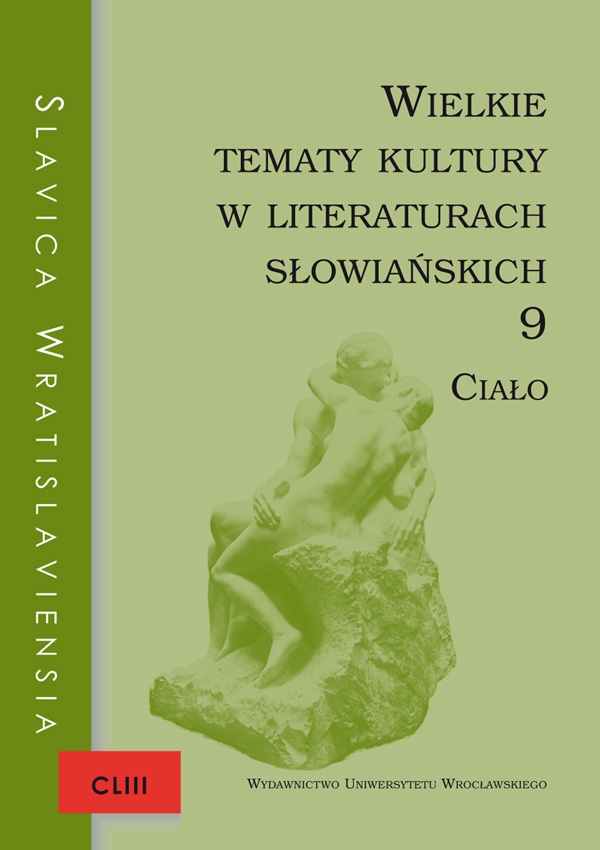

Artykuły

Naked male body in the artistic discourse of Kuzma Petrov-Vodkin
Petrov-Vodkin’s artistic representations of half naked or naked male/boys’/children’s bodies refer to iconographical tradition and, at the same time, reveal the autonomy of artistic conception. In the paintings the figures of naked men, based on the study of posing models, represent the physical beauty of sex. A naked body becomes the element of purely formal studies. Male nudes are naturalistic and do not have any erotic subtext. The artist draws a male figure in studied poses, exposes body muscles and anatomical details. The structure of the body defines aesthetic relations between a part and a whole. A head/face and a torso function as two autonomous parts of a male body separately or in overall perspective. In Petrov-Vodkin’s painting a male body represents values other than beauty. It has a great symbolic capacity. The basis for visualization of corporeality understood in such a way is the topic of sexual maturation and the ritual context the motif of bathing, boys’ games and plays. Synthetically captured figures of naked boys contain a proposition of an artistic definition of a male body and determine the norms of watching it. A body in its transitional phase between boyhood and masculinity combines a childlike innocence with youthful beauty and charm. The painter visualizes a naked, young, emancipated body, full of biological vitality, together with its hidden eroticism. He also conceptualizes “the rhetoric of the body.” Boys’ bodies with their narrow hips in various configurations represent Spartan simplicity. They are characterised by activity and dynamism. “The dynamics” of the body is emphasized by the expressiveness of gestures, various forms of gesticulation and the apparent randomness of vision. A gesture is understood as a pose. It does not have any narrative function; the whole body takes part in it. A gesture is purely plastic in its character. The simplicity of gesticulation, poses, turns of the head and free movements of legs and hands become similar to rhythmical movements in a dance. In the somatic discourse the painter uses also other formal solutions: geometrization of form, “purity of colours” and spherical perspective.